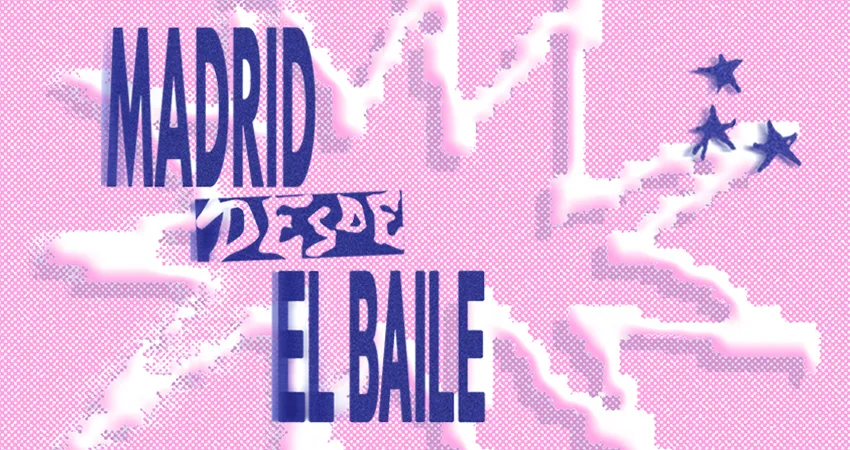Madrid through Dance

Tuesday - Sunday, 10 am - 8 pm
Madrid through Dance is a choral and apocryphal tale of the city of Madrid, told from, through and around dance. The exhibition takes us on a leisurely journey through centuries of cultural and political production, providing an insight into a city that has been built to the rhythm of pavanes, sarabandes, chotis, rigadons, techno anthems and reggaeton.
To understand what this actually means, perhaps we should begin by dispensing with the idea that there is only one History and only one Art. And while we're at it, let's continue by relieving ourselves of the pressure of having to figure out what these two terms mean and instead just enjoy observing how popular practices, small everyday stories and major events are inextricably intertwined in the production of the city.
Let's conclude this exercise in opening up the imaginary by giving ourselves permission to look behind the curtains of Madrid's great founding narratives and enjoy the opportunity to search for some of its most profound inner workings, which are certainly not to be found in books but rather in collective celebrations, in non-verbal dialogues between dancing bodies, in the hedonistic frenzy of dance.
Madrid through Dance invites us to explore this idea further: it opens windows onto streets where the most popular songs of the day are being played on barrel organs made by Sr. Apruzzese’s workshop, it invites us to take part in a rave that took place 4000 years ago in a commune on La Pedriza mountain, it takes us for a stroll along Madrid’s Champs Élysées and to enjoy a night out in Jardín Paraíso, an area where people would meet to dance in the nineteenth century. It leads us around the chapels of San Antonio de la Florida and the Virgen del Puerto, along the Manzanares River and through the San Isidro Meadow, places that over the last 500 years or so have not only been epicentres of popular leisure, but also veritable laboratories in which the city’s politics and culture have been hatched.
The exhibition ventures into the salons of the nobility and the proletariat, discotheques, clubs, after-hours joints and dens of mischief, frivolity and dissidence, observing not only the great technological, aesthetic, social and political revolutions that have taken place, but also all those things that have not changed and perhaps never will.
Originally from Sardinia (Italy), curator Massimiliano Casu is a cultural creator and producer who has been based in Madrid since 2006. Much of his artistic career has unfolded here, as has his interest in the use of music, sound art and collective performative practices as tools that encourage civic engagement. His work focuses on investigating the processes of collective production of urban social spaces, particularly the repertoire of popular musical rituals, be they rave parties, neighbourhood street parties or the gatherings of young people in public spaces. He has published texts and articles on the social production of urban space through partying and has been the promoter of countless happenings organised in collaboration with the main cultural institutions in Madrid and the rest of Spain. Since 2018 he has been the director of Ciudad Bailar, a festival that explores the relationship between dance and urban life in Madrid, in collaboration with Intermediae-Matadero Madrid.
Graphic and museographic design: Casa Antillón

